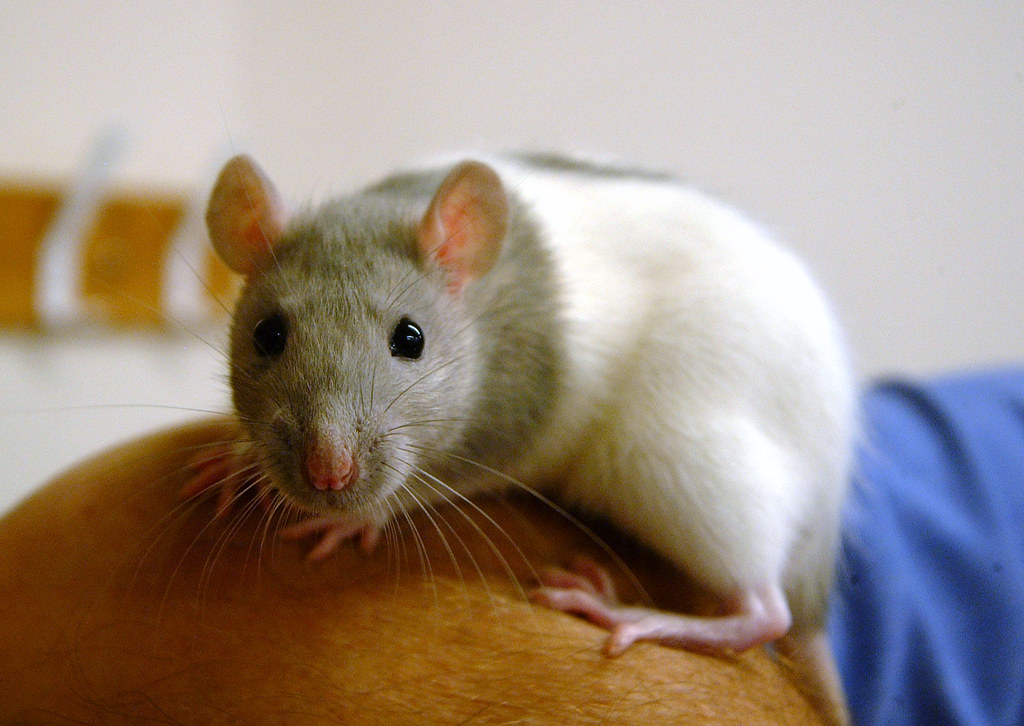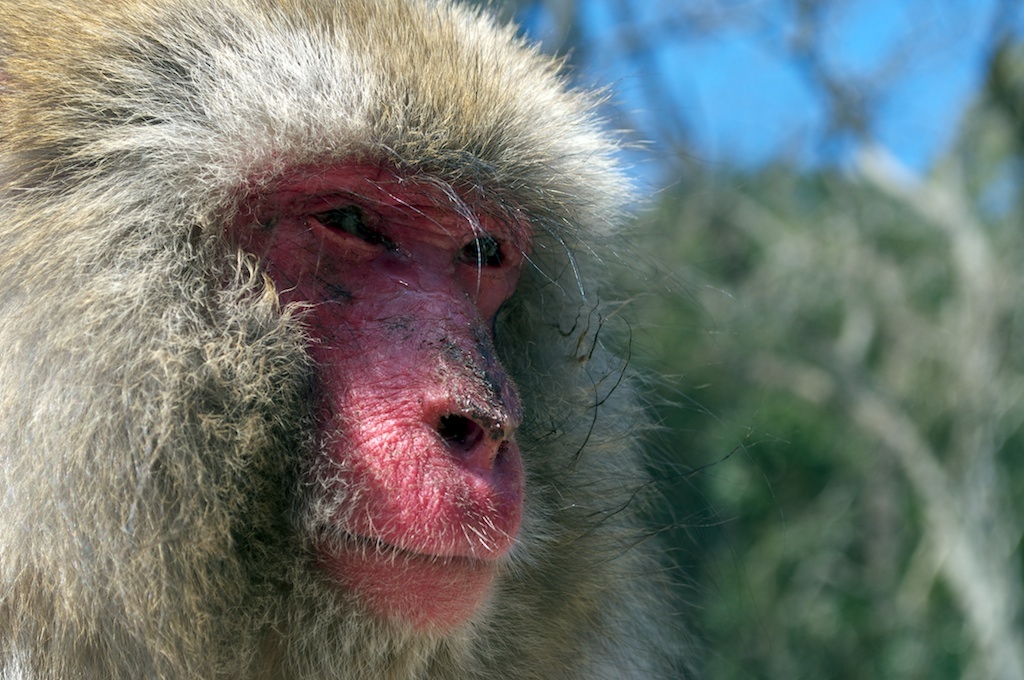To have moral status is to be morally important for your own sake. Dogs, for instance, matter morally in a way that rocks don’t. Dogs have moral status. To have full moral status is to matter morally for your own sake as much as people do. Most people think dogs have moral status, but not full moral status. They think dogs matter morally, but not as much as people. Some philosophers agree with this, while others think this belief is a mere prejudice (“speciesism”), and that all conscious beings have full moral status. I have written about this here before.
Much of the abortion debate centers around the question of whether and when fetuses possess moral status, and/or full moral status. Is, say, an eight-week embryo morally important for its own sake? Is an eight-week embryo as morally important for its own sake as an eight-year old child? These questions may not automatically settle the abortion debate, but they are clearly important to it.
The relevance of moral status to abortion spurred an interesting recent piece in which Ben Rossi suggests that many of us are thinking about moral status incorrectly. Most of us think moral status is an intrinsic property, but Rossi thinks it is an extrinsic property. An intrinsic property depends on how you are in yourself, while an extrinsic property depends on how other things are. That I have a lap is an intrinsic property. That my cat, Apollo, is currently sitting in my lap is an extrinsic property: if he moved, I would lose the property “having a cat sitting in my lap,” even if nothing about me in and of myself changed. Or, in science, mass is an intrinsic property, while weight is an extrinsic property. If you put me on the moon, I would weigh a lot less, even if I was the same in and of myself.
Most of us think moral status depends on intrinsic properties. We think it depends, say, on whether you are capable of consciousness, or of reasoning, or whether you are a human, etc. Rossi thinks it depends on an extrinsic property: “the moral costs and benefits — principally understood in terms of aggregate welfare, autonomy, and equality — of adopting as a general rule that such-and-such a class of beings possesses strong moral subject-hood” determine whether you have full moral status. I take it we are supposed to accord full moral status to a being if doing so would have the best consequences.
We can see that this makes moral status extrinsic by noting that it means I could gain or lose moral status without changing anything about how I am in and of myself. If hostile aliens threatened to destroy the world unless we ceased treating Prindle Post writers as having full moral status, then I suppose it would be best not to treat Prindle Post writers as having full moral status. In that way, I could lose my moral status without changing how I am in and of myself. Or, to take things back to abortion, suppose we developed cheap artifical wombs, and could safely transplant embryos from pregnant people into these wombs. I suppose that on Rossi’s view, since this means the burden of treating embryos as having full moral status would no longer impose as great a burden on pregnant people, the invention of this device would strengthen the case for embryos having full moral status, without changing anything about embryos themselves.
Rossi notes that his account makes moral status extrinsic, and notes this is odd: it does not seem that the aliens issuing this threat could cause me to become less morally important. But since he has already discussed this, I will focus on a different worry for his view. I worry that his view involves a troublesome circularity. In order to know how good or bad an outcome is, we need to know the moral status of the individuals involved. But if the moral status of the individuals involved determines how good or bad the outcome is, then how good or bad the outcome is cannot then determine the moral status of the individuals involved. That’s a circle.
Consider, for instance, Rossi’s concern for equality. If people were allowed to kill eight year-olds, our society would not be one that respects equality. On the other hand, if people are allowed to kill hydrangeas, our society might still be one that respects equality. Why is that? Eight-year olds have full moral status, but we are not giving them the protections given to others who have full moral status. In this way, we fail to respect their equal moral standing. On the other hand, hydrangeas do not have full moral status. Perhaps they have no moral status at all. Accordingly, it is not an offense against equality to deny them the protections given to individuals with full moral status.
In our current society, people (at least in most states) can kill eight-week old embryos. Is this an offense against equality? To know this, we may need to know whether eight-week old embryos possess full moral status. If they do, perhaps we are failing to respect their equal moral status by failing to give them the protections we have. If not, then not. But if we need to know their moral status in order to know whether we are satisfying the demands of equality, and if satisfying the demands of equality is one of the things that determines how good or bad it is to treat them as having full moral status, then how good or bad it is to treat them as having full moral status cannot be what determines what moral status they actually have. That would be a circle.



